The top 10 camera phones of 2024: our standout handsets of the year
This is our countdown of the best smartphones of the last 12 months
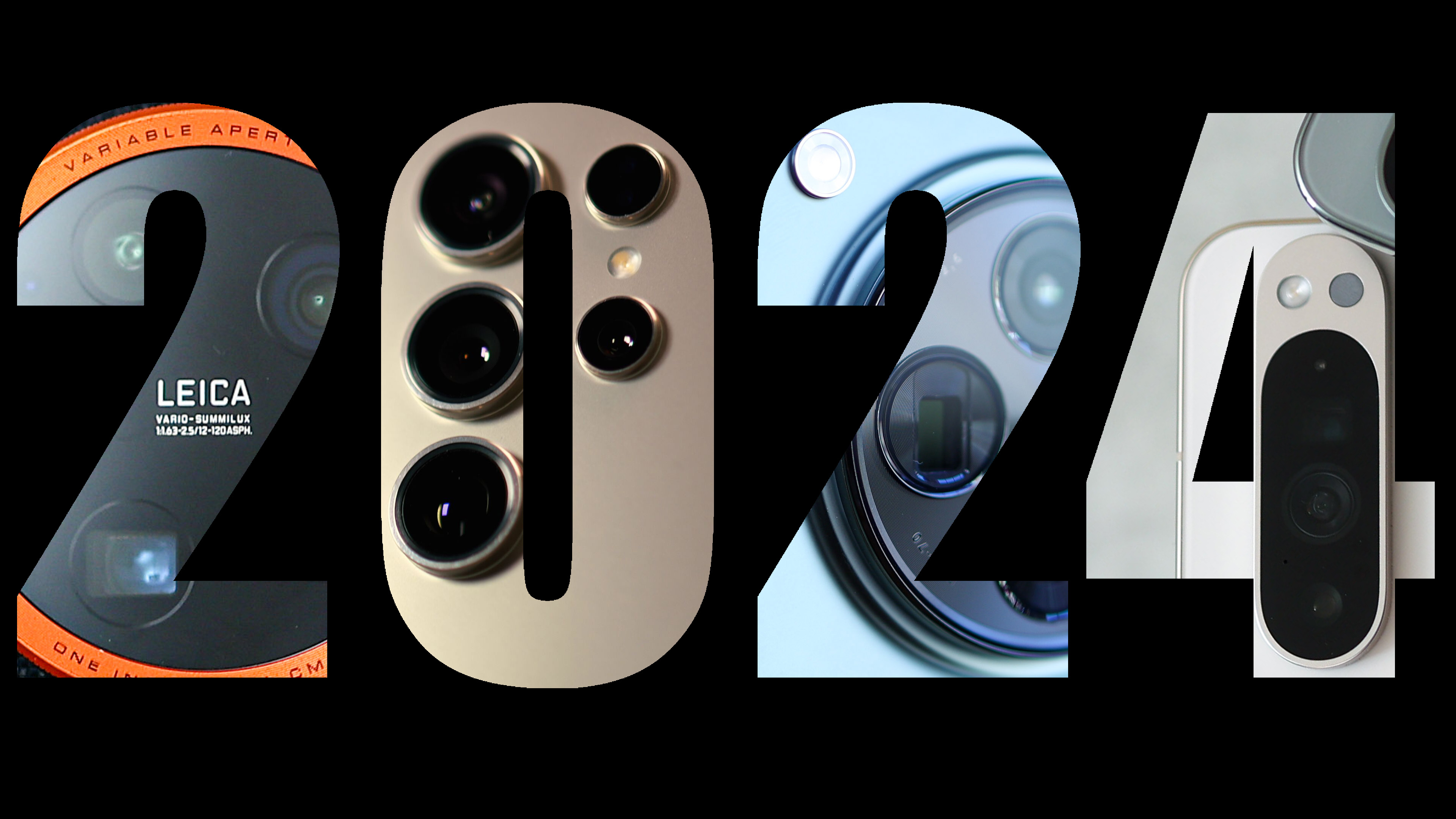
2025 is nearly here - but this is our rundown of the best ten smartphones of the last 12 months.
As we've now come to expect, the camera hardware in many of this year's phones has received fairly incremental improvements compared to previous models. Instead, it's the computational side where the biggest photographic enhancements could be found this year, with all the major manufactures integrating scary-smart AI into their camera processing, and with some incredible results.
Thankfully it's not just the flagship phones where you'll find great image quality, as in 2024 we've also been treated to several top-notch mid-range camera camera phones for shooters seeking maximum bang per buck.
There are phones on this list that we'd recommend as the best camera phones you should buy, but also some more controversial choices. These might not make the most sense as a real-world purchase, but we rate such handsets as they stand out from the crowd in their own way.
So let's count down our top ten phones of 2024, in reverse order…
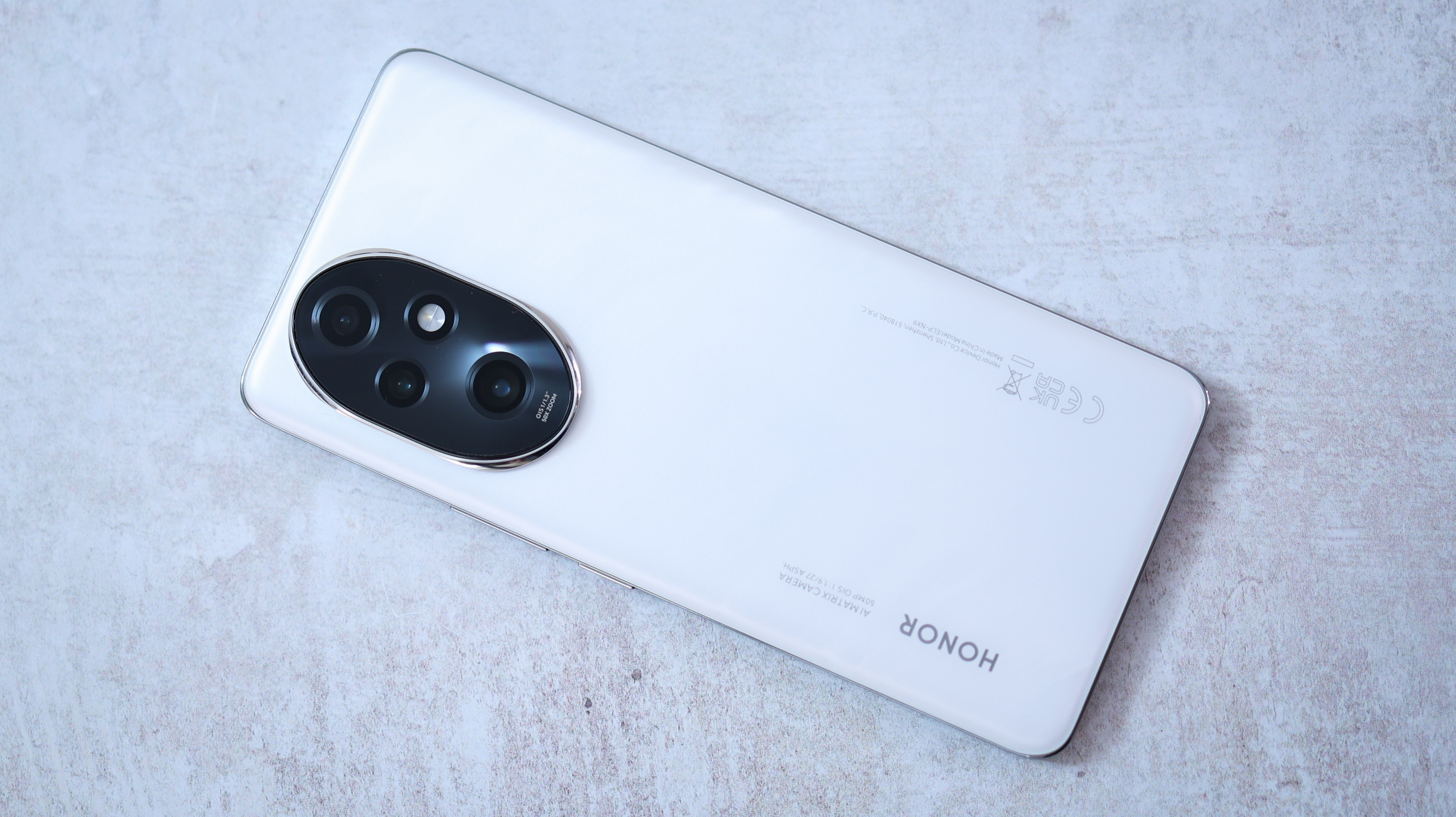
Specifications
Reasons to buy
Reasons to avoid
With flagship camera phones now easily topping the $1000/£1000 mark, we love a phone that comes close to offering similar camera quality, but at a more accessible price point. The Honor 200 Pro does exactly that. At £699 (roughly $880, AU$1,330), it's not a cheap phone, but it packs hardware that'll give a true flagship handset a run for its money. We reckon it's 2024's best value upper-mid-range camera phone.
The primary camera features a 1/1.3-inch Omnivision sensor matched with an f/1.9 aperture lens with OIS - that's almost as big as an iPhone 15 Pro Max's sensor. It's flanked by a 12MP ultrawide snapper and a 50MP telephoto module giving 2.5x zoom. This is particularly impressive when taking portraits, thanks to the Studio Harcourt Portrait Mode which tastefully adds a classical portrait style while retaining the flexibility to tune results in-camera.
Get the Digital Camera World Newsletter
The best camera deals, reviews, product advice, and unmissable photography news, direct to your inbox!
Factor the premium 6.78-inch, 1224 x 2700, high-brightness AMOLED screen, top-end Snapdragon 8s Gen 3 processor, plus 100W wired and 66W wireless charging, and the Honor 200 Pro offers a great deal for the price.
In full: Honor 200 Pro review

Specifications
Reasons to buy
Reasons to avoid
Sony's flagship cameras have consistently impressed us each year, and 2024's offering - the Xperia 1 VI - is no exception. Its standout feature is its continuous zoom telephoto lens. Built purely as a technological showcase, this variable focal range periscope camera gives you true optical zoom between 85mm and 170mm, with a wide f/2.3-f/3.4 aperture. The fact the camera also supports macro focus when set to 120mm - enabling manual focus as near as 4cm from a subject - is the icing on the cake. The continuous zoom also works well for 4K video capture, giving buttery-smooth focal length adjustment. We also loved the Xperia 1 VI's pared-back photo processing, its external monitor and recording functionality, and its excellent screen and speaker setup.
So if the Xperia 1 VI is this capable, then why is it languishing at number 9 on our list? Well, other flagship cameras this year beat the Xperia 1 VI's low light performance from its tele and ultra-wide cameras, while its 1/1.45" primary camera sensor is relatively small by flagship standards. But the big problem with the Xperia 1 VI is how much it costs. With a launch price of £1,299 (roughly $1,650), it was pricier than pretty much all its main rivals, making it tough to recommend actually buying one.
In full: Sony Xperia 1 VI review
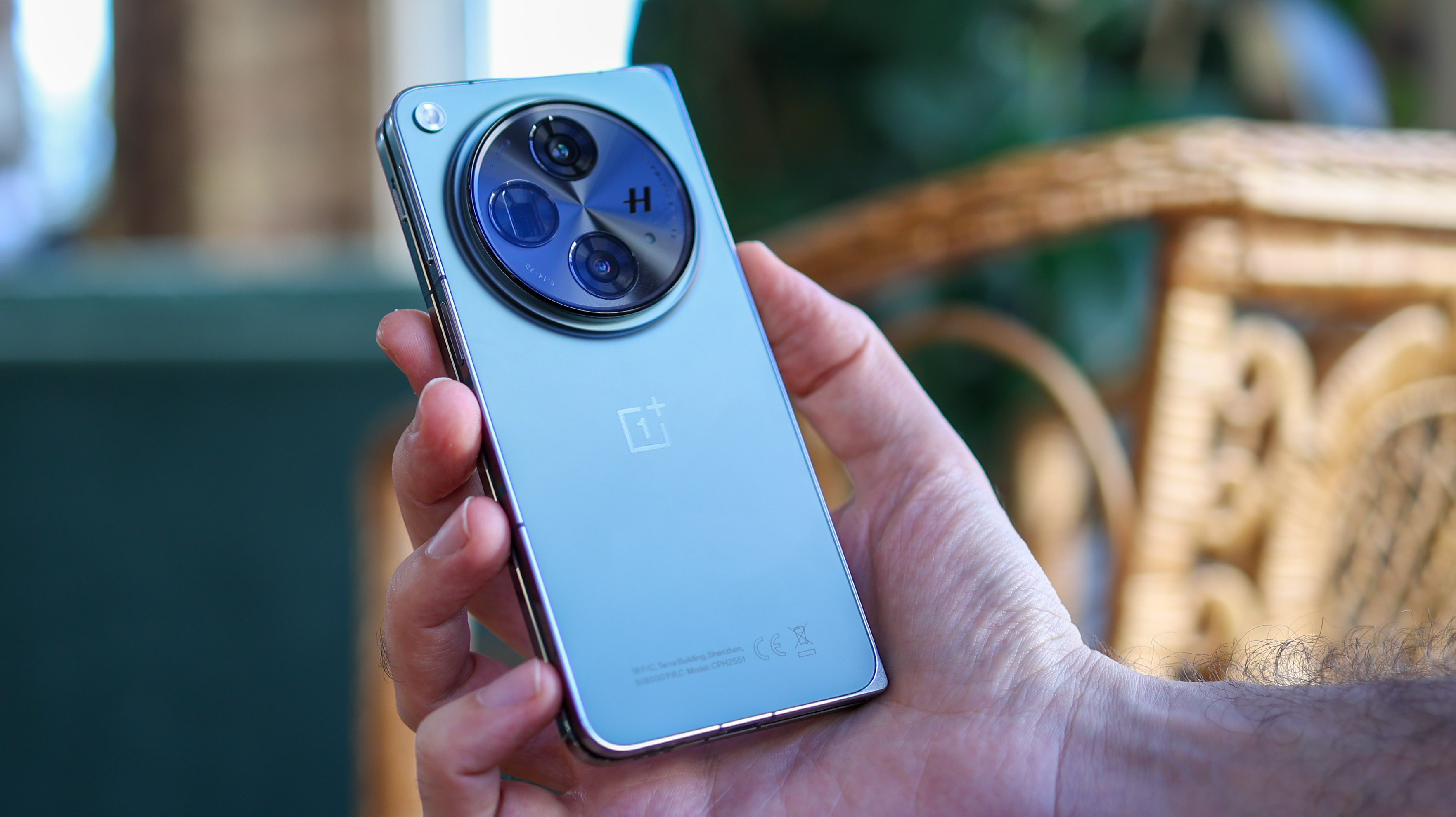
Specifications
Reasons to buy
Reasons to avoid
Okay, so the OnePlus Open was released in late 2023, but it's still our top pick foldable in 2024 if you prioritize camera quality. A foldable phone - even one as good as this - will never outclass a conventional, non-foldable flagship for camera performance. With twin screens inevitably comes compromises, some being the quality of the camera hardware.
But the OnePlus Open still manages to pack a respectable camera array, including a high-end Sony LYTIA-T808 primary camera sensor, teamed with a 1/2-inch Sony IMX581 ultrawide sensor and a 1/2-inch telephoto camera with a 3x periscope zoom lens. With help from Hasselblad, the Open's photo processing is also excellent, further helping it to outclass its foldable rivals from Samsung and Google when it comes to image quality.
As you'd expect for a flagship foldable, you'll pay a hefty price to get your hands on an Open, and you won't even get wireless charging or IP-rated waterproofing. But this is nonetheless the first foldable we’ve been able to wholeheartedly recommend based on its camera performance.
In full: OnePlus Open review
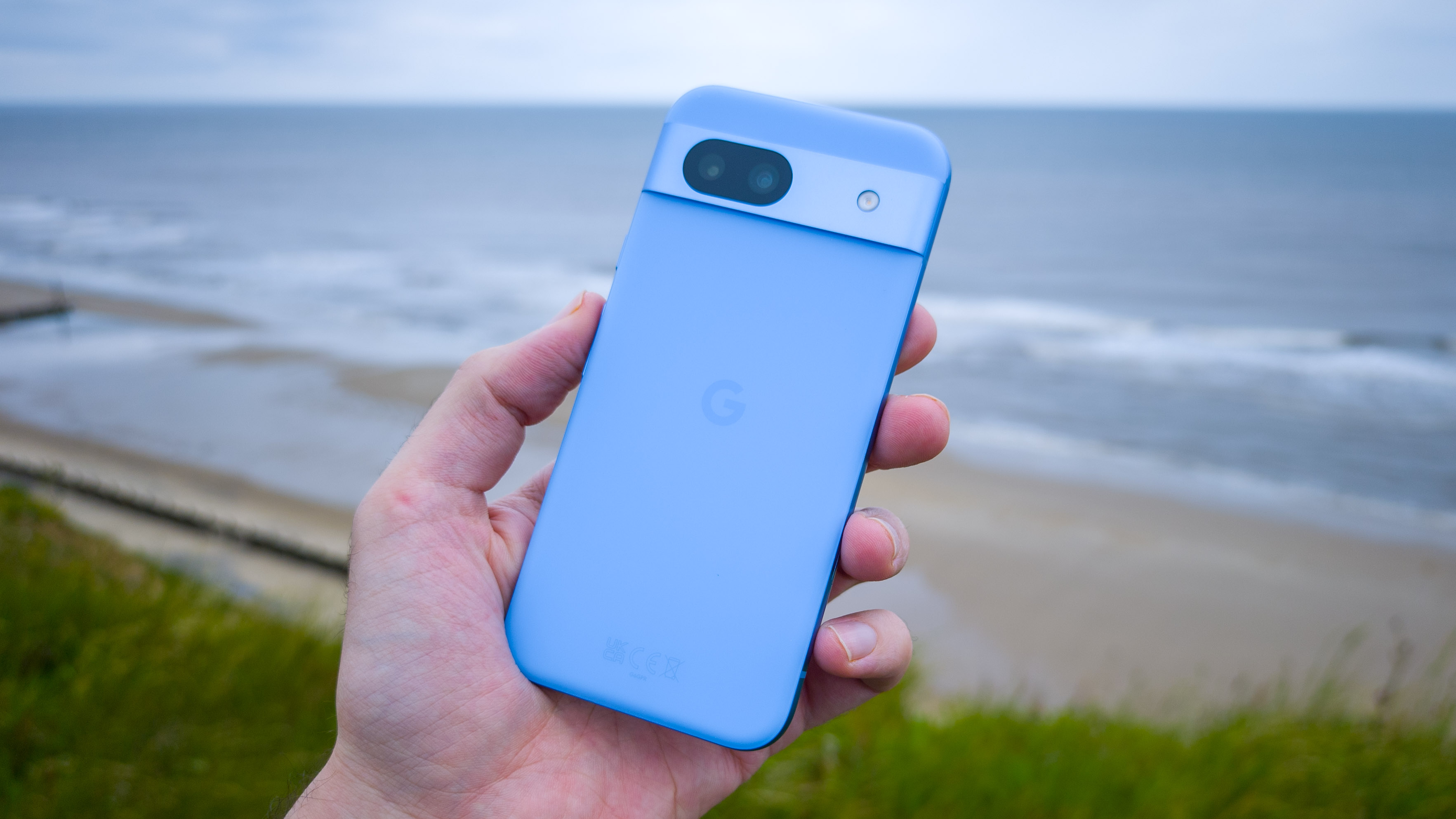
Specifications
Reasons to buy
Reasons to avoid
We make a lot of fuss about flagship phones, but relatively few people are willing to actually drop a four-figure sum on a new phone. Mid-range handsets are the volume sellers, and the competition in this sector has been fierce this year. Phones like the Samsung Galaxy A55 5G, Xiaomi 13T, or Nothing Phone (2) are all worthy contenders for our 2024 budget phone award (I know, $500/£500 isn't everyone's idea of 'budget' - myself included - but we still want great camera quality from a phone, and going cheaper than this can result in noticeable image quality compromises).
There's one phone stands out at this price point: the Pixel 8a. Sure, its twin-module camera array isn't the most impressive on paper, but Google's class-leading image processing, eerily smart AI, and consistently reliable AF and metering means you're almost guaranteed to capture an attractive photo. The same can also be said for shooting 4K video.
Downsides? It's plasticky (though this does mean it'll likely survive a drop better than a glass-backed device), on-board storage is a bit stingy, and there's no telephoto camera. But here Google's smart processing can compensate with in-sensor and AI zooming. Factor Google's long-term Android update support for all Pixel phones and this really is 2024's smart choice for keen phone photographers on a budget.
In full: Google Pixel 8a review
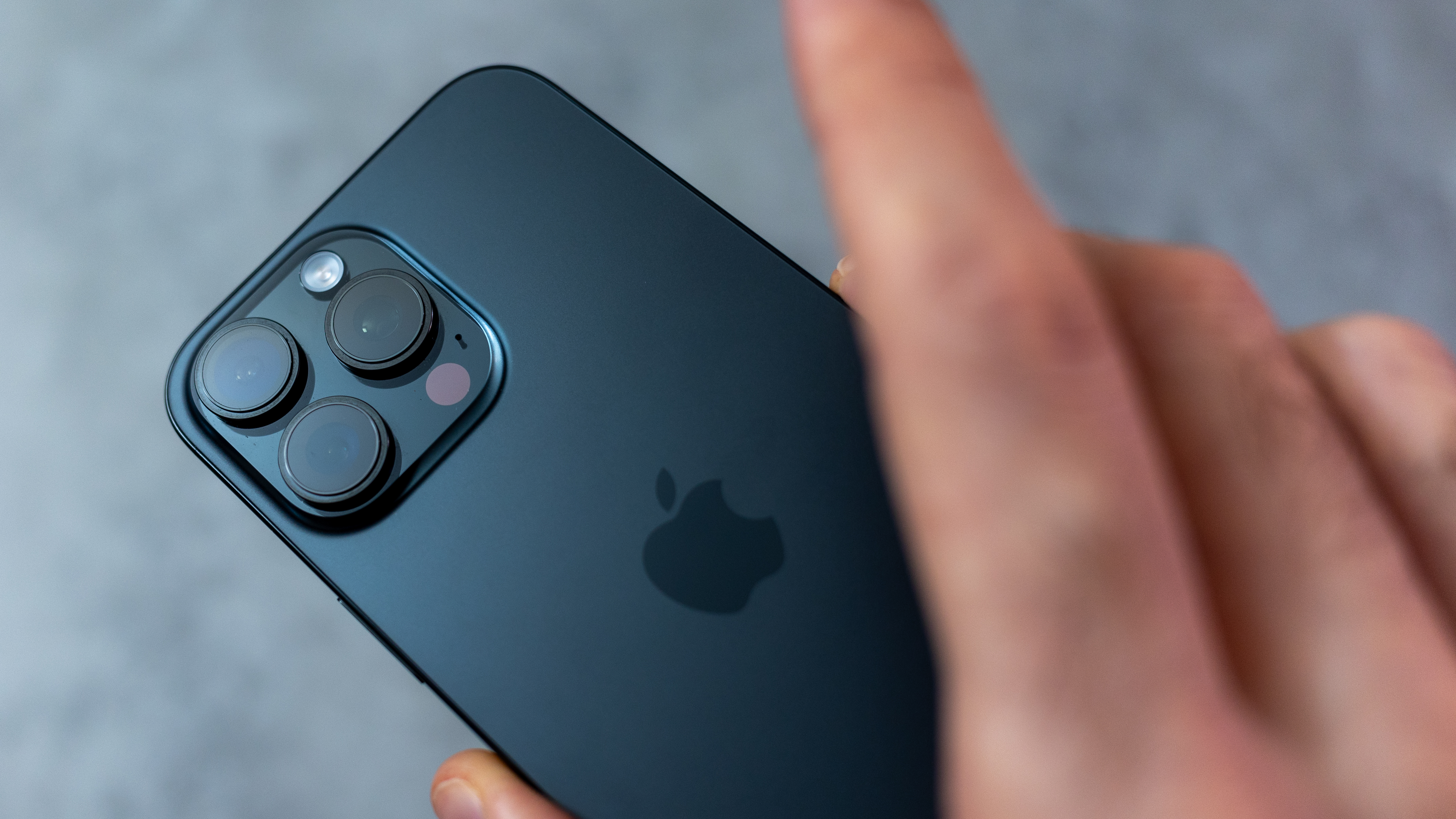
Specifications
Reasons to buy
Reasons to avoid
Though we've only placed it 6th, there's no doubt that Apple's 2024 flagship, the iPhone 16 Pro Max, is a great phone. Its primary camera can shoot beautiful images, ProRes video capture is particularly impressive, the screen is superb, and so is battery life.
However, as is the case with every new iPhone of late, the 16 Pro Max offers little meaningful improvement over its predecessor. The camera hardware is largely unchanged from the 15 Pro Max, resulting in disappointing performance from the small-sensor telephoto and ultrawide modules. At least Apple has introduced the Action Button though, as a dedicated physical camera control, but even this isn't perfect thanks to its awkward positioning.
At the phone's launch we were also disappointed that Apple Intelligence wasn't quite ready (it is now), and we found iOS 18 to be annoyingly buggy, tarnishing Apple's perceived superiority over Android for software stability. Such bugs should have been ironed out by now, but they, like the iPhone's incremental hardware improvements, are symptomatic of a company that seems to be comfortable resting on its reputation, rather than giving us true innovation that equals or exceeds what we see in the Android sector.
In full: iPhone 16 Pro Max review
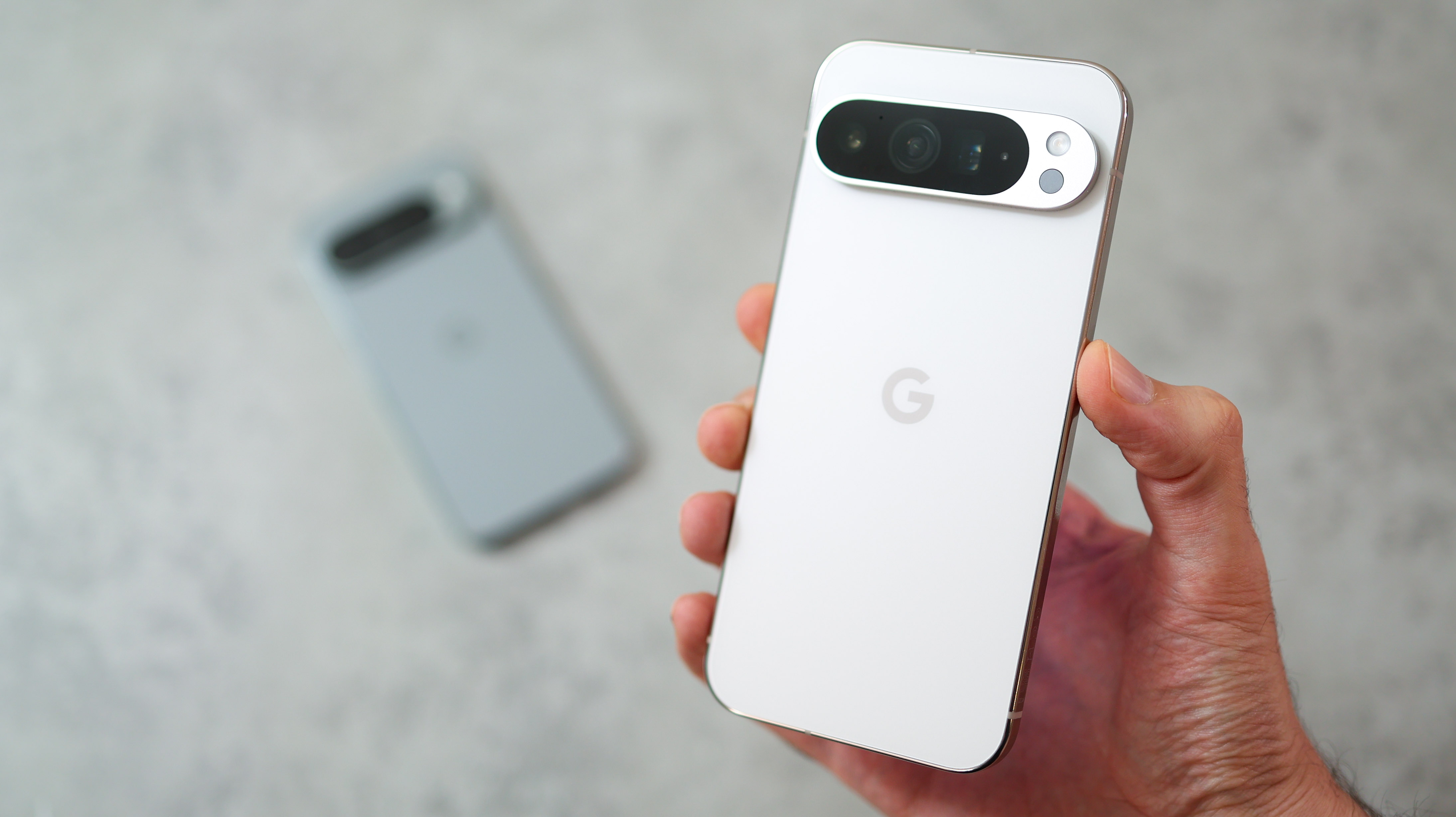
Specifications
Reasons to buy
Reasons to avoid
For many, the Pixel 9 Pro will be the best camera phone of 2024. Practically speaking, it's small enough to easily fit into your palm and pocket, powerful enough to capture excellent photos, and reliable enough to last a full day without getting too toasty. Add the long-term software support promise from Google, and both the Pixel 9 Pro and Pixel 9 Pro XL phones could be smart options for years to come.
What's more, which version you choose really doesn't matter from a camera perspective. The fact that the Pixel 9 Pro fits all this into its smaller chassis makes it the more special phone though, earning it a place in our annual top 10. Competing small phones simply can't match this kind of camera quality; particularly the 9 Pro's telephoto performance. Google's awesome image editing options and AI further enhance the phone's appeal for photographers who are comfortable with this level of artificial post processing.
That's not to say the Pixel 9 Pro is perfect though. Like the iPhone 16 Pro, its camera hardware isn't substantially better than that in the model it replaces, but that's been the case for many past Pixels. What makes the difference here is Google's stunning image processing, which never fails to improve and impress each year.
In full: Google Pixel 9 Pro review
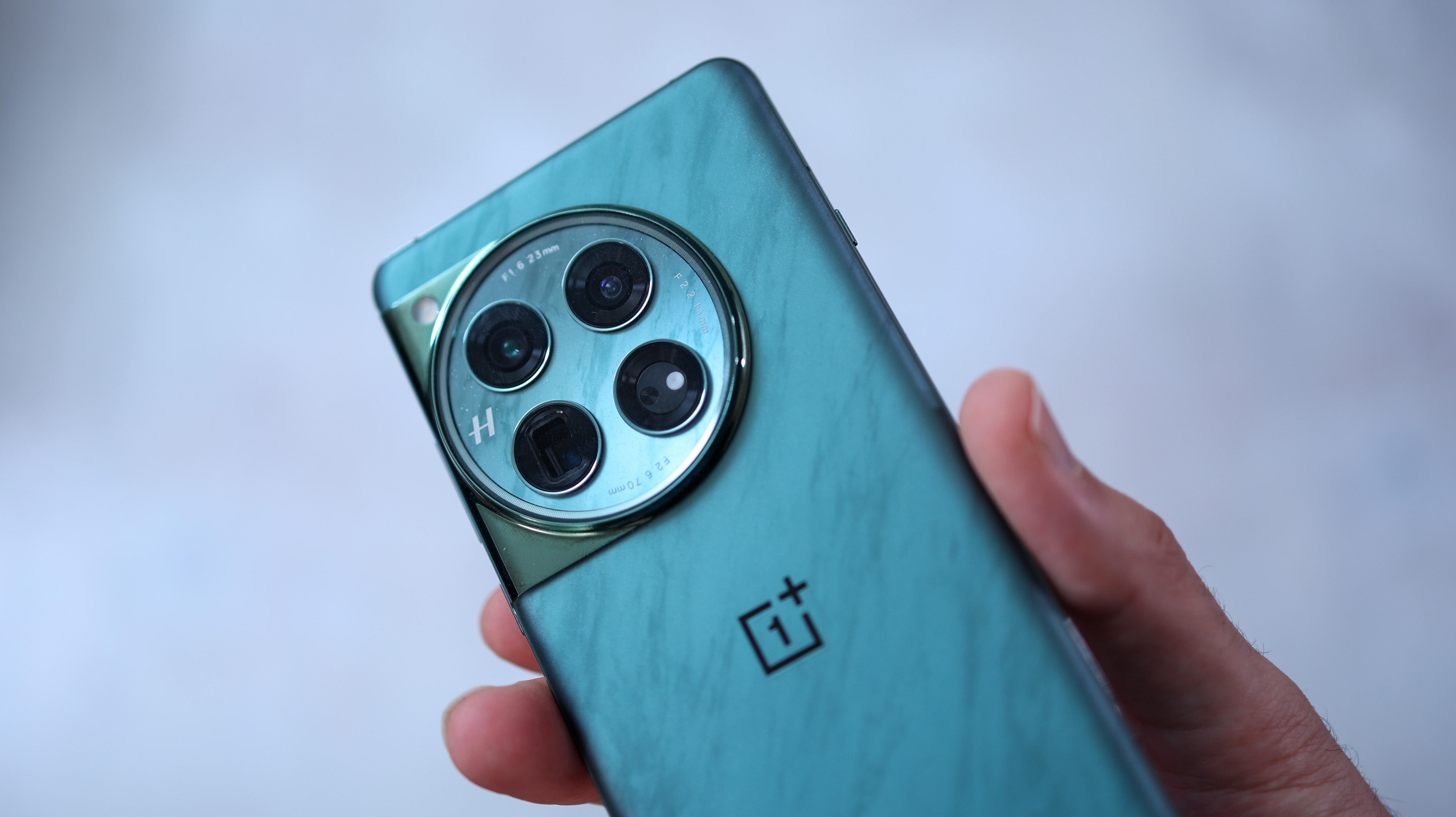
Specifications
Reasons to buy
Reasons to avoid
Like the OnePlus Open, the OnePlus 12 was released at the tail end of 2023, but it still holds its own in 2024 against more modern rivals. Recent OnePlus flagships have been good, but the OnePlus 12 is a truly great camera phone. It combines a decent 50MP, 1/1.43-inch Sony LYT-808 sensor for its main camera with a 64MP periscope telephoto module giving 3x zoom, and a 48MP ultrawide camera that's also suitable for macro work. All three modules produce respectable image quality, with the primary camera benefiting from Hasselblad's refined photo processing that realistically balances shadows and highlights, while capturing rich colors, realistic but extensive dynamic range, as well as crisp detail.
And it's not just camera performance that earns the OnePlus 12 a spot this far up our ranking. It also impressed us with its premium styling, long-lasting battery life, flagship-worthy power, and its fast wired and wireless charging. Considering its highly competitive Stateside pricing, it offers superb value in the US. It's more costly in Europe, but is still a great buy given that it has no significant performance shortcomings.
In full: OnePlus 12 review
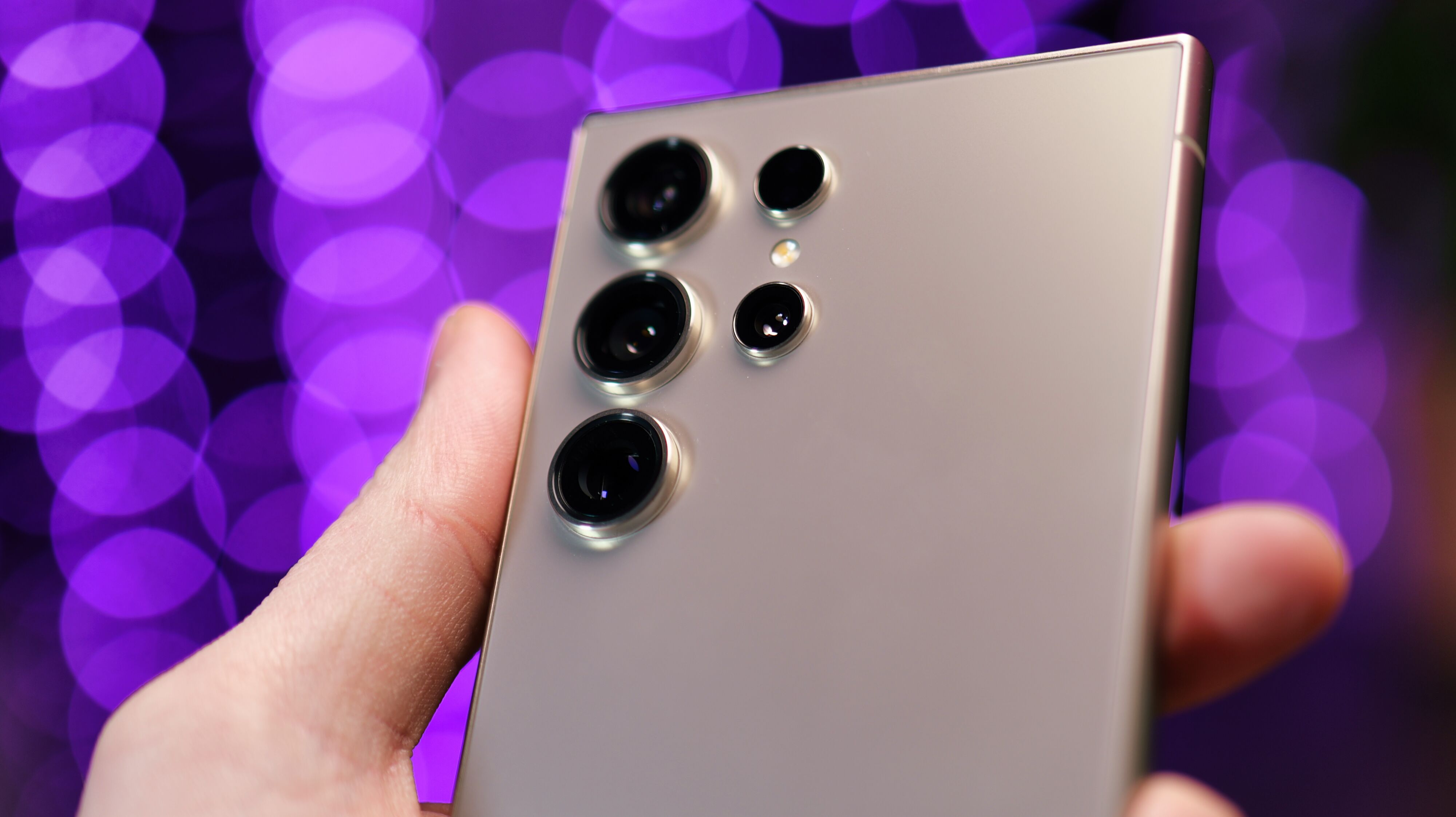
Specifications
Reasons to buy
Reasons to avoid
Samsung comes into our annual awards with a problem: its flagship S-series phones are usually launched at the start of the year, giving the competition time to catch up by the time we compile our end of year round-up. But even 11 months after is was launched, the S24 Ultra is still one of our top three phones of the year.
It’s got great looks, a luxurious feel, ultra-fast performance, and it takes consistently good photos and videos. Most of the camera hardware is unchanged from the S23 Ultra, but thanks to Samsung's revised image processing and clever AI, the S24 Ultra still manages to out-perform its predecessor when it comes to camera performance, and that's no mean feat.
Overall, the S24 Ultra is a delight to use. Its price was hard to stomach at launch, but with the S25 Ultra right around the corner, discounts can now be had on an S24 Ultra, giving it continued appeal.
In full: Samsung Galaxy S24 Ultra review
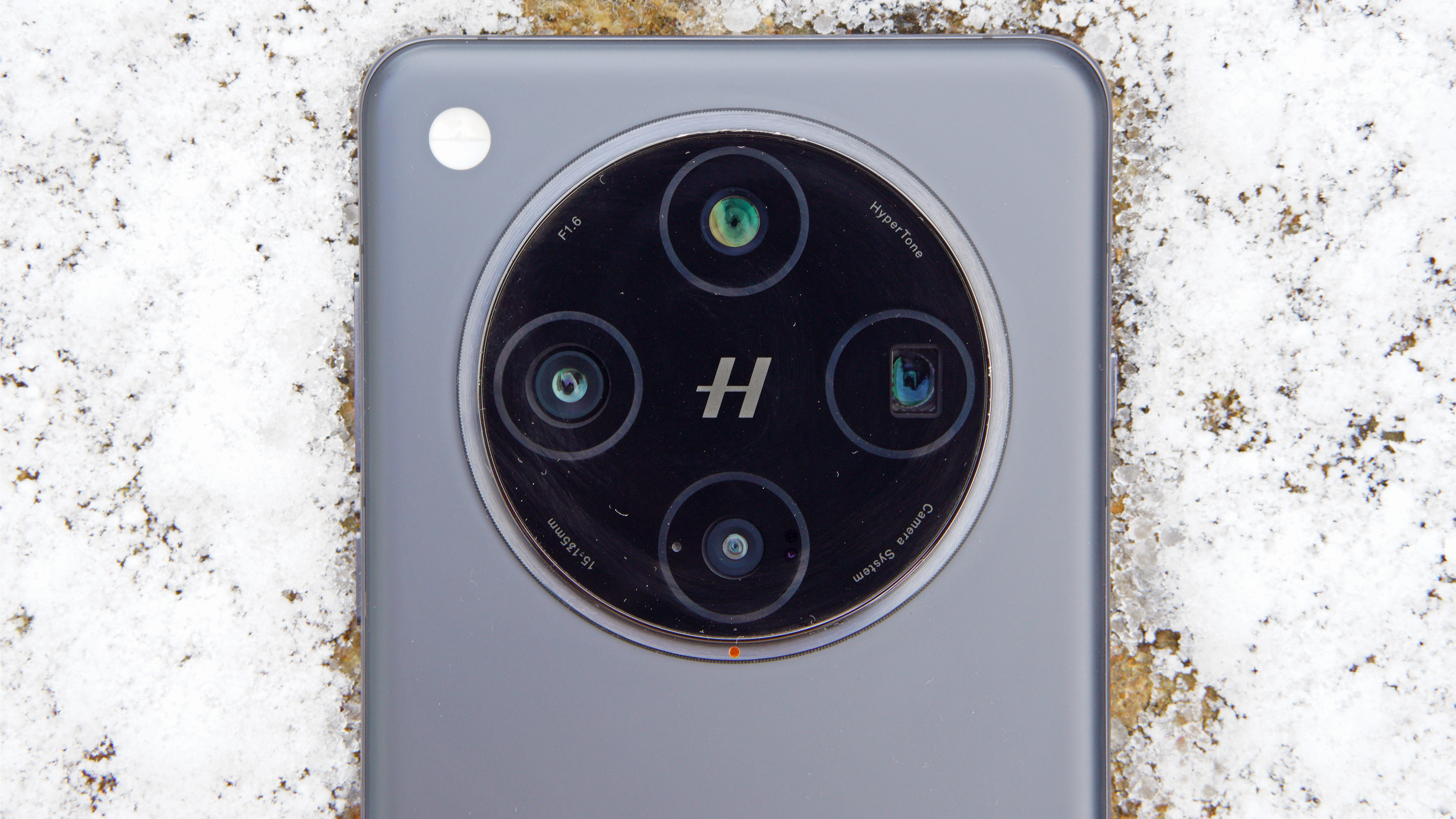
Specifications
Reasons to buy
Reasons to avoid
With the Find X8 Pro, Oppo set out to topple the likes of the S24 Ultra and Pixel 9 Pro. Long-time Oppo partner, Hasselblad, helped tune the Find X8 Pro's image quality, while the quad-camera array features not one but two periscope telephoto cameras. Add in plenty of AI trickery and the Find X8 Pro is capable of up to 120x zoom, with minimal loss in image quality.
The camera hardware is backed up by a super-powerful MediaTek Dimensity 9400 chipset, which enables 7fps burst shooting speed and zero shutter lag. Combine that with the awesome optical zoom and this is a phone that can genuinely be used for shooting distant wildlife or fast-paced sports. The Find X8 is even rated to the maximum IP69 dust and water resistance.
When you consider that despite its outstanding camera performance, the Find X8 Pro is priced to undercut an equivalently-specced Galaxy S24 Ultra, Pixel 9 Pro or iPhone 16 Pro Max, you end up with one of 2024's very best camera phones.
In full: Oppo Find X8 Pro review
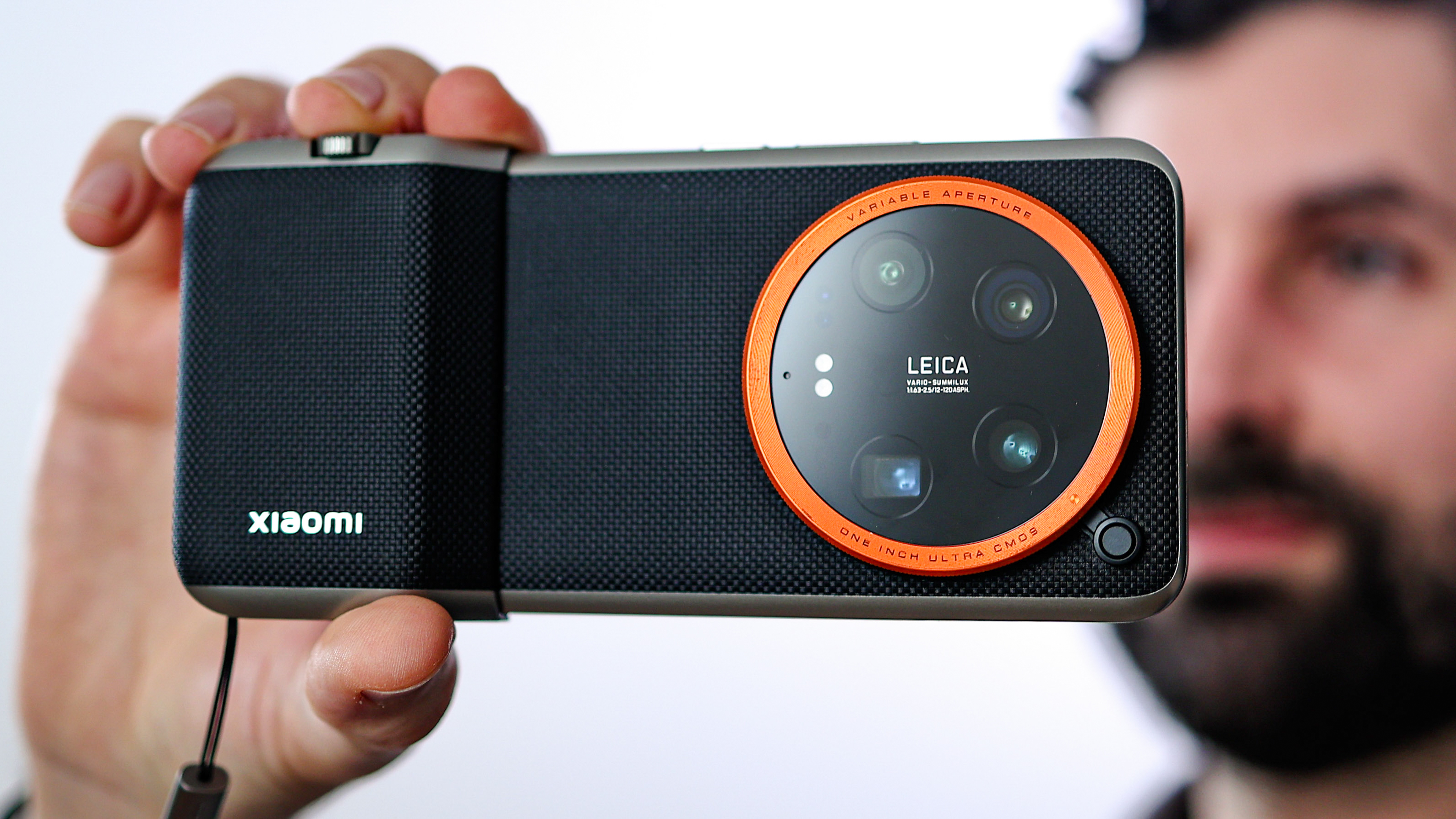
Specifications
Reasons to buy
Reasons to avoid
In a year where many camera phone manufacturers focussed on AI integration instead of camera hardware improvements, Xiaomi's flagship phone did things differently. Its extra-large 1-inch-type primary camera sensor outclasses competing offerings from the likes of Apple, Google and Samsung, and just to really up the ante, Xiaomi paired it with a f/1.63-4.0 variable aperture and a top-tier Leica Summilux lens. The ultrawide, telephoto and periscope telephoto modules are almost as impressive, making this the best-performing camera array we've seen on a smartphone this year.
What's more, the 14 Ultra also offers extensive manual camera control, superlative RAW shots, excellent 8K video, and the ability to shoot in log and HDR to great effect. And then there's the icing on the cake: the 14 Ultra can be fitted with Xiaomi's optional Photography Kit - a neatly designed camera grip with dedicated physical camera controls, a hand strap attachment, and even a built-in 1500mAh battery that can boost the phone's battery life by 23%.
Xiaomi went all-out to make the 14 Ultra the best camera phone of the year, and it succeeded. Though not quite flawless, it gets darned close!
In full: Xiaomi 14 Ultra review
Read more
• The top 10 camera phones of 2023
•Best budget camera phone
• The best camera phone
• The best add-on lenses for iPhone and Android phones
• The best gimbals for your iPhone, GoPro and camera
• The best selfie sticks
Ben is the Imaging Labs manager, responsible for all the testing on Digital Camera World and across the entire photography portfolio at Future. Whether he's in the lab testing the sharpness of new lenses, the resolution of the latest image sensors, the zoom range of monster bridge cameras or even the latest camera phones, Ben is our go-to guy for technical insight. He's also the team's man-at-arms when it comes to camera bags, filters, memory cards, and all manner of camera accessories – his lab is a bit like the Batcave of photography! With years of experience trialling and testing kit, he's a human encyclopedia of benchmarks when it comes to recommending the best buys.

